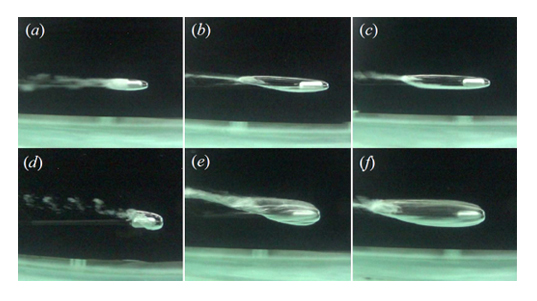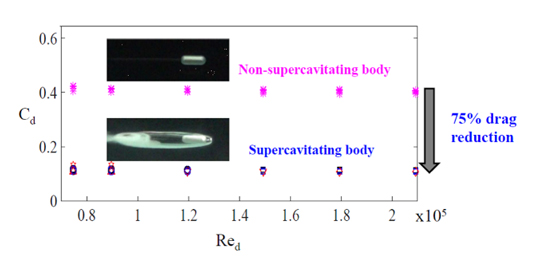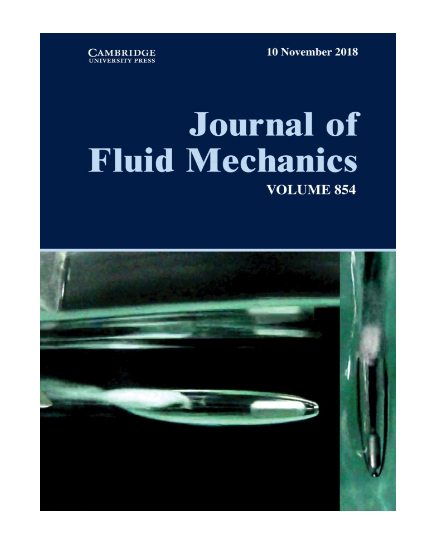KAIST
BREAKTHROUGHS
Research Webzine of the KAIST College of Engineering since 2014
Spring 2025 Vol. 24Ventilated Supercavitation: A technology for reducing the drag force of a moving underwater object
Ventilated Supercavitation: A technology for reducing the drag force of a moving underwater object
A new technology was introduced that significantly reduces the drag force of a moving body by using the supercavitation phenomenon.
Article | Spring 2019
When a body moves in air, the drag force is lower than that of the same body moving in water. Therefore, during its motion, if a body is completely enveloped in a single large gaseous cavity, the associated drag force is expected to be significantly reduced. This phenomenon is known as supercavitation (Figure 1). Thus, the creation and maintenance of supercavitation have been of great interest in naval applications such as high-speed underwater vehicles, air lubrication of ship hulls, and high-speed torpedoes.
Professor Cho and his team designed and installed a specialized towing water tank system to make observations of the supercavitation phenomenon around a moving underwater body and to measure the associated drag force. As a result, they observed several types of supercavitation phenomena (Figure 2) and found that the drag force for a supercavitating moving body is around 25% of the drag force for a moving body without supercavitation, i.e., 75% drag reduction (Figure 3).
They expected that the results can be applied for developing high-speed underwater vehicles and the development of air lubrication for a ship’s hull. This research was published in the Journal of Fluid Mechanics as a cover article of November 10, 2018 (Vol. 854, pp. 367-419), as shown in Figure 4.
Most Popular

When and why do graph neural networks become powerful?
Read more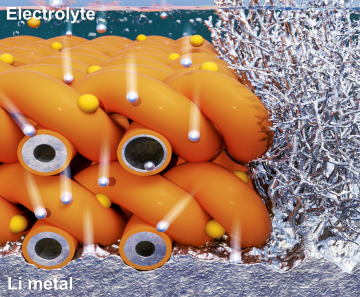
Extending the lifespan of next-generation lithium metal batteries with water
Read more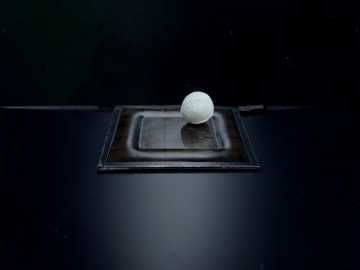
Professor Ki-Uk Kyung’s research team develops soft shape-morphing actuator capable of rapid 3D transformations
Read more
Smart Warnings: LLM-enabled personalized driver assistance
Read more
Development of a nanoparticle supercrystal fabrication method using linker-mediated covalent bonding reactions
Read more

